Ants Defending Plants
Plant eaters are called herbivores and they pose a threat for plants. Understandably, nobody would like to get eaten. In order to prevent tissue loss and damage from herbivores plants have evolved defensive adaptations such as hard to digest tissues and poisonous chemicals. Some plants however, have evolved a different solution. Plants can use nectar as drivers of beneficial behaviors such as pollination and protection from herbivores. Nectar is an attractive fluid for many animals. It is a rich calorie […]

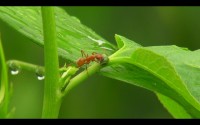
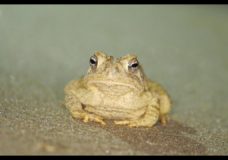
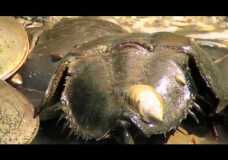

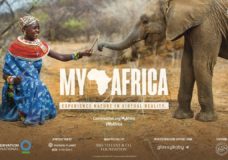
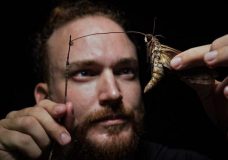

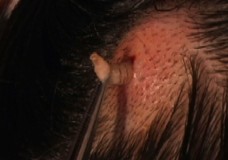


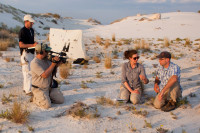
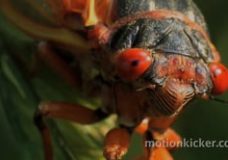
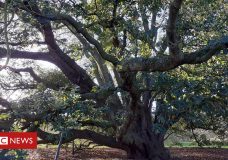



Recent Comments